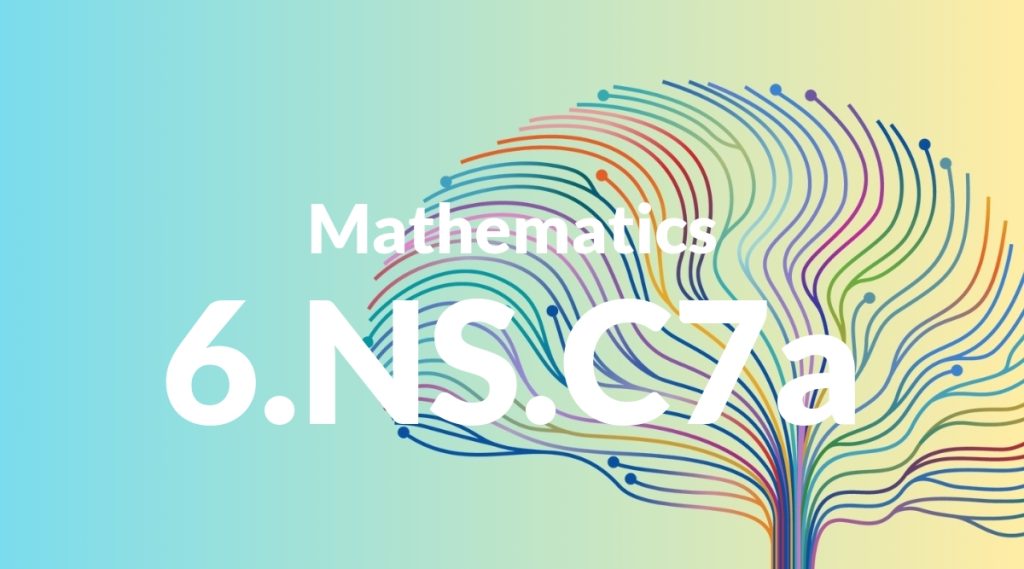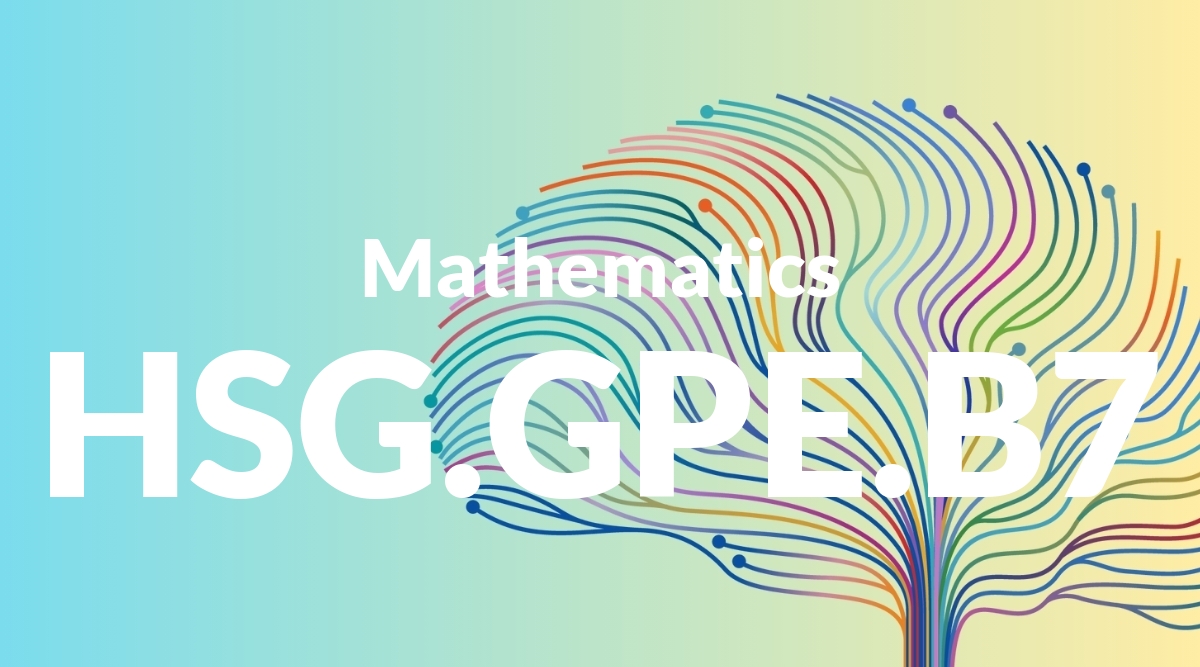Standard: 6.NS.C7a – Interpret statements of inequality as statements about the relative position of two numbers on a number line diagram. For example, interpret -3 > -7 as a statement that -3 is located to the right of -7 on a number line oriented from left to right.
Grade level: Grade 6
Subject: Mathematics
Domain: The Number System
Teacher Overview
This standard focuses on helping students understand how to interpret inequalities by using a number line. It is crucial because it lays the foundation for algebraic thinking and helps students grasp the relative positioning of numbers, which is essential for future mathematical concepts. Before tackling this standard, students should be comfortable with positive and negative numbers and understand how to locate them on a number line. Familiarity with inequality symbols is also necessary.
After mastering this standard, students will be prepared to tackle more complex problems involving inequalities and absolute values, and they will be ready for algebra and higher-level mathematics.
Common Misconception 1
A common misconception is that a larger negative number is greater than a smaller negative number. This is incorrect because, on a number line, numbers to the right are greater, regardless of whether they are positive or negative.
Intervention 1
To address this misconception, use a number line to show the relative positions of negative numbers. Emphasize that -3 is to the right of -7, making it greater.
Common Misconception 2
Another common misconception is confusing the inequality symbols and their meanings. Students might think that > means less than and < means greater than.
Intervention 2
Provide students with various practice problems involving inequality symbols in different contexts. Use mnemonic devices, such as ‘the alligator eats the bigger number,’ to help them remember the correct meanings.
Prerequisite Knowledge
Students should understand the concept of positive and negative numbers, and be able to locate and order them on a number line. They should also be familiar with basic inequality symbols such as > and <.
Subsequent Knowledge
After mastering this standard, students will be able to solve more complex problems involving inequalities and absolute values. They will also be able to apply these skills in algebra and higher-level mathematics.
Instructional Activities
- Using number lines to compare temperatures from different cities
- Creating budget scenarios and comparing expenses
- Analyzing sports scores and ranking teams
- Comparing elevation levels on maps
- Interpreting scientific data involving negative values




